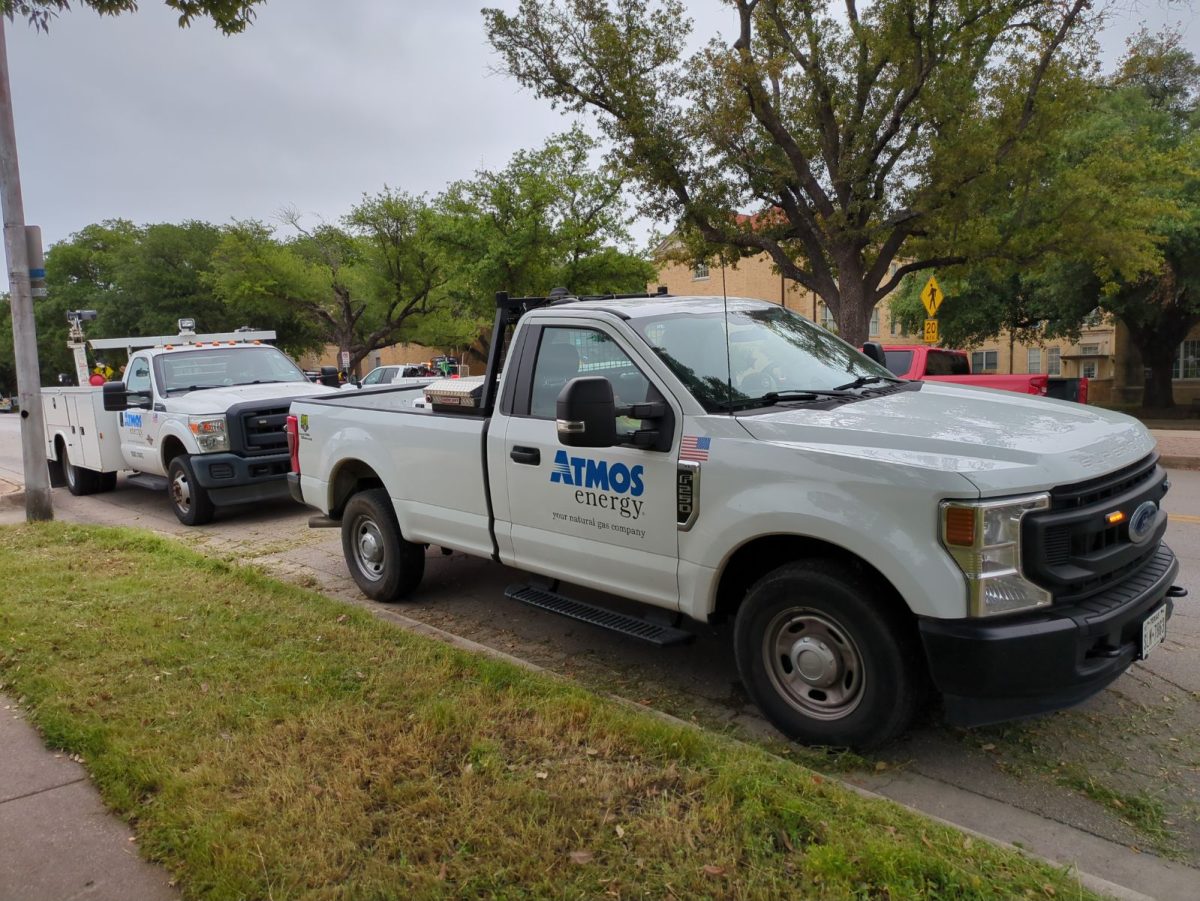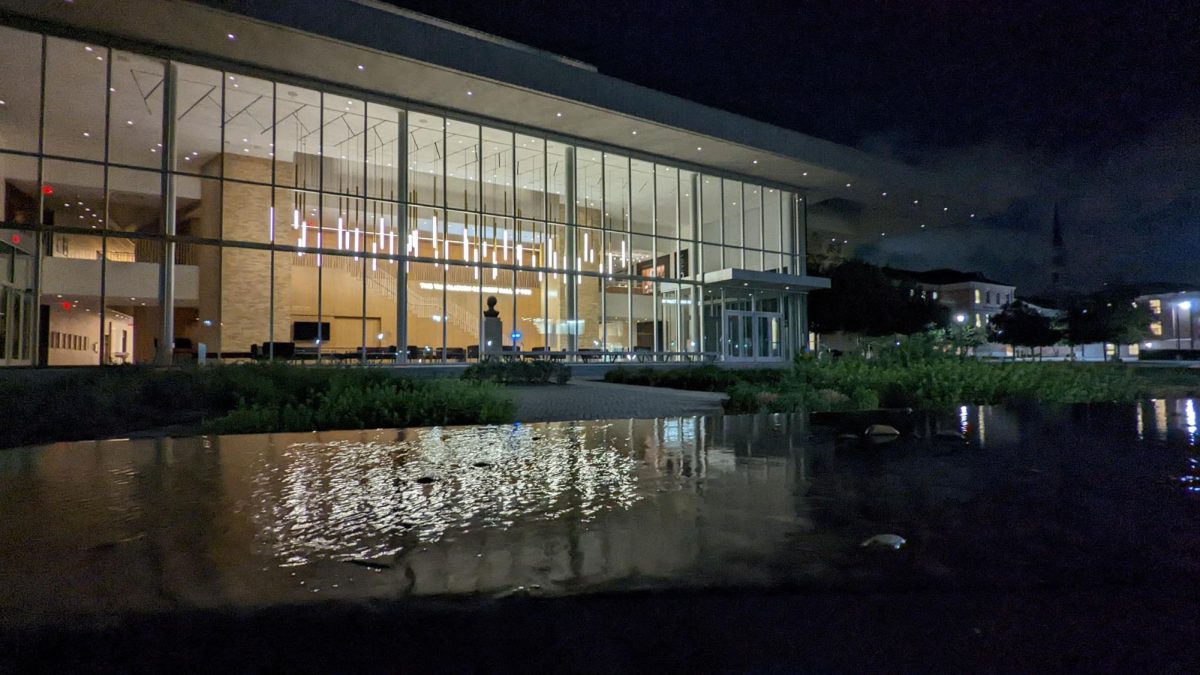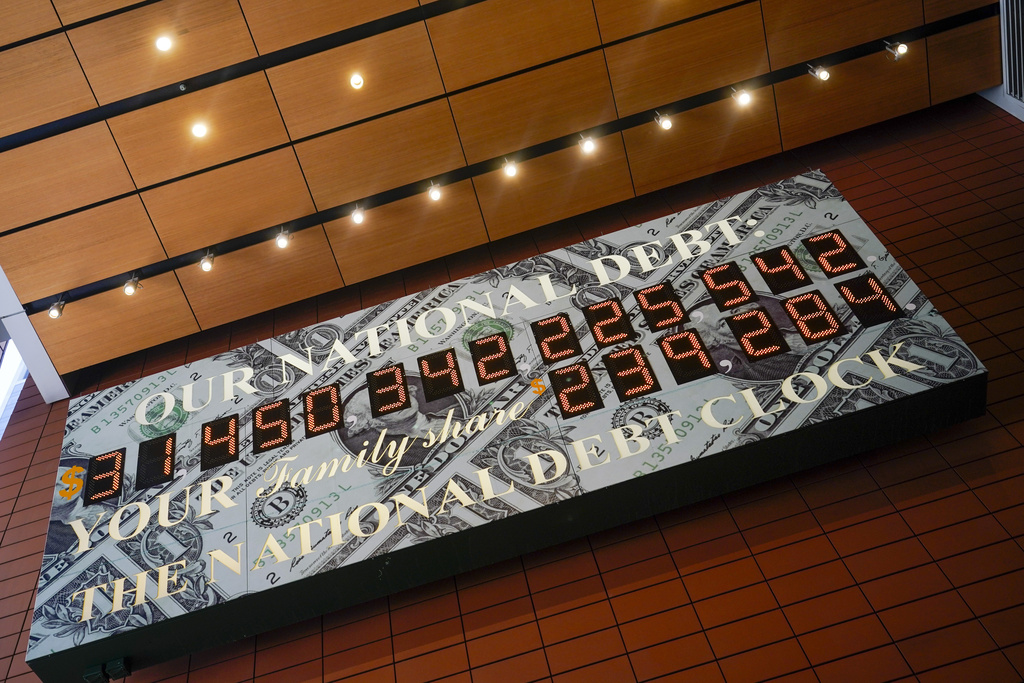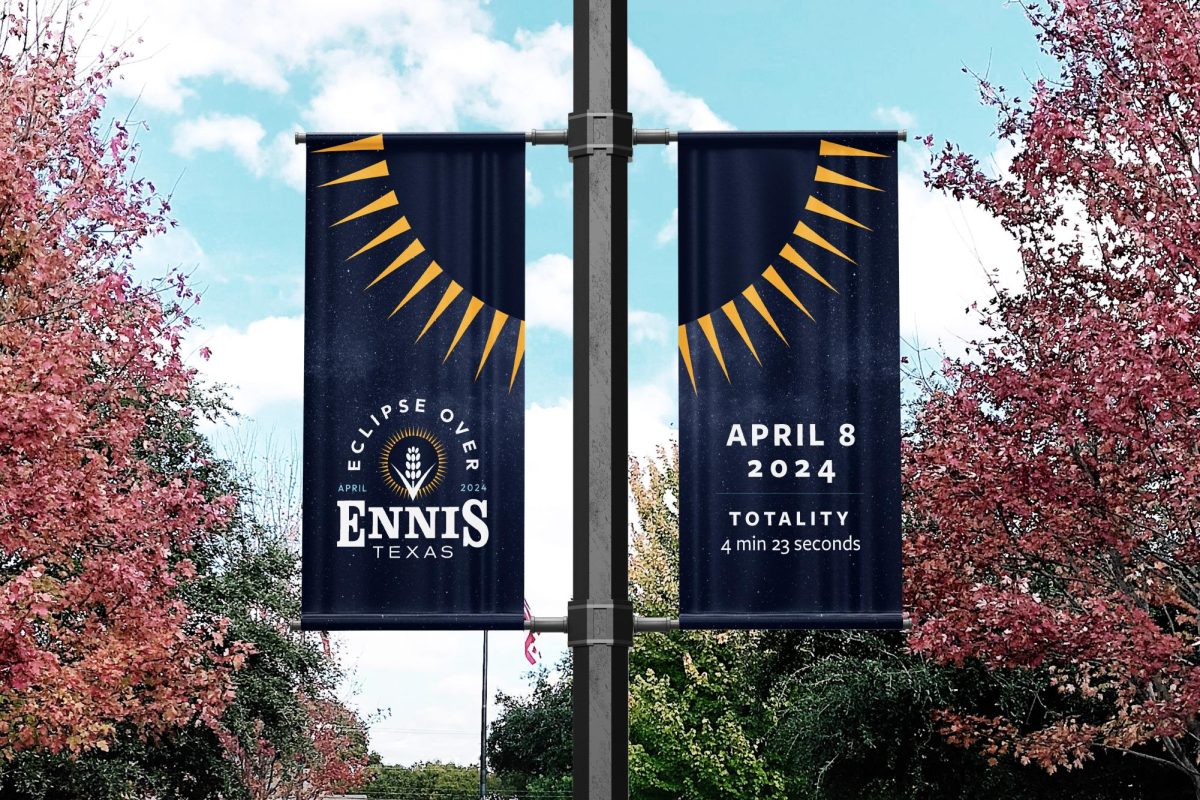Times have never been better on the 109’s Berry Street.
The Berry Street initiative — a cooperative venture of the street’s business owners, TCU, city government and nearby residents – has reinvigorated the decaying street. And now it is now looking more and more like the “urban village” that planners envisioned when the Initiative kicked off in 1996.
But the biggest change may be yet to come – light rail will soon be coming to the east end of Berry Street, according to the Fort Worth Transportation Authority (The T).
Sandra Dennehy, president of the Berry Street Initiative, said she thinks the rail station will bring the biggest change in the development of Berry Street. The rail station will be the East End anchor for the Berry Street village, just as TCU anchors the West End. Service is expected to start by 2013.
The city has purchased several private property lots around the area to make way for the new station. The first draft for the station area would have required several businesses along Berry Street to move. With the new plan, The T purchased homes on Wayside and West Devitt and Frazier and West Devitt to get the needed space.
In the initial plan, public rights of way – sidewalks, streets, alleys, etc. for public use – took up about an acre and a half of the proposed rail footprint. There were also plans mentioned for a bus pickup area and a 350-space parking lot. No new design plans have been finalized for the new station area.
Residential property purchased for station
Curvie Hawkins, Director of Planning for the T, said the footprint of the station would no longer include businesses along Berry Street. Now, the station build is proposed to go behind Berry Street and further into the neighborhood.
A list of the property in the area purchased by the T is as follows:
• 3125 Frazier Ave. (Single Family)
• 3130 Frazier Ave. (Duplex)
• 3140 Frazier Ave. (Single Family)
• 3144 Frazier Ave. (Single Family)
• 3132 Frazier Ave. (Single Family)
• 3125 Wayside Ave. (Single Family)
• 3129 Wayside Ave. (Single Family)
• 3133 Wayside Ave. (Single Family)
• 3137 Wayside Ave. (Single Family)
• 3142 Wayside Ave. (Single Family)
• 3145 Wayside Ave. (Duplex)
Homes on the two streets list a total value of $996,133.
Most property owners sold willingly
Most of the properties were leased and the owners sold willingly, planning representatives said. Carrie Caloway, a real estate consultant with The T, said the property was already purchased and design plans were underway. Caloway said one home owner in particular had lived there all his life, but welcomed the chance to move away after his wife’s death. Caloway would not give the name of the homeowner.
The homeowners were relocated and compensated for their moves according to Title 49 of the Uniform Act, which explains who qualifies for compensation and how much.
The station will straddle a 75,000 square foot area one street behind the intersection of West Berry Street and Cleburne Road, just outside of the 109. Several homes purchased for the project were demolished and the lots cleared before city planners drew up another design plan.
City officials and Berry Street Initiative members say they think the rail station will bring a more diverse range of potential customers and visitors to the area.
The station will come as part of the Southwest-to-Northeast Rail Corridor project. The project is a 37-mile long commuter rail corridor, and the city’s priority for completion.
The trains will run on tracks already in place, connecting the outer southwest Fort Worth and the DFW International Airport.
Mobility 2035, a long-range transportation plan devised by the North Central Texas Council of Governments, envisions more than twice the current number of commuters served with the increase in rail stations. Different types of transportation services, like the commuter rail stops, increased bus stops to active business and cultural areas, and street cars are also projected by 2035.
In the meantime, the Southwest-to-Northeast Rail Corridor project is the city’s top priority, said Carl Weckenmann, the Fort Worth Transportation Authority project manager. The project is a connection of rail stations from Sycamore School Road to direct terminal access into the DFW International Airport.
Station stops include:
• Sycamore School Road Station
• Interstate 20/Granbury Road Station
• TCU/Berry Station (West Devitt and Cleburne Road)
• Medical Center Station
• T&P Terminal
• Intermodal Transportation Center
• Northside Station
• Beach Street Station
• Haltom City/ US 377 Station
• North Richland Hills- Iron Horse Station
• North Richland Hills- Smithfield Station
• Colleyville Station
• Grapevine/Main Street Station
• DFW North Station
• DFW Airport Terminal A/B
The line would start from southwest Fort Worth to northeast Dallas. At the T&P Terminal, the tracks to be used are owned by Union Pacific and are already part of
The T’s current route. Starting at the Northside Station, The T will use DART-owned Cotton Belt railroad tracks.
Foot traffic should boost economic development
The North Central Texas Council of Governments gave the 80 percent, or $2.4 million of public funds needed in the form of a sustainable development grant. The grant is based on developments that would bring long-term changes to commercial areas.
The resulting foot traffic from the train should boost economic development in the area for both the businesses located on Berry Street and the housing market in the surrounding area. The expected general boost in community housing and on-foot travelers from the station would potentially see more people getting to and from their destinations in the area on foot rather than by vehicle, according to Berry Street Initiative members and city representatives.
Mark Klime, owner of the Steak-Out restaurant, 2209 W. Berry, a delivery service chain based on grilled foods, said his business is 75 percent delivery and construction could be a problem for his delivery employees. Besides construction, Klime said, the train station could only help his business.
Rebecca Hardin and Brandye Wright, employees of Fusion Inc., 2205 W. Berry, a hookah shop further east of the train station area, said they were concerned about the type of people who would be getting off the trains.
“We don’t want people with crack pipes coming in here,” Hardin said. “We don’t sell any of that stuff and we don’t want any people thinking, ‘Oh, there’s a smoke shop,’ and thinking we’re going to give them stuff to make meth.”
Caloway said there would be no heavy work in the station area until at least 2012. In the meantime, she said, it will be a bus transfer station. Caloway said only light construction, like concrete pouring, will be going on in the next year.





